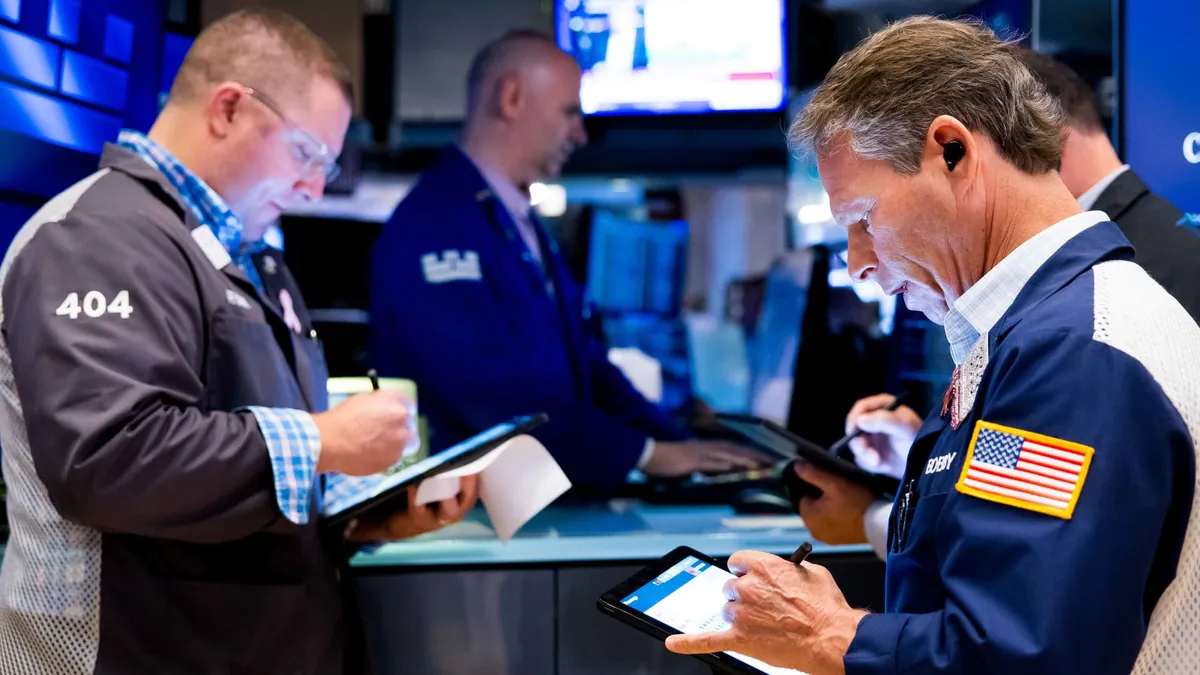
On Thursday, U.S. stocks experienced a notable upturn, with the S&P 500 and Nasdaq Composite reaching unprecedented record highs. This surge was primarily driven by a stronger-than-expected jobs report, which sparked optimism about the state of the U.S. economy, particularly amidst the ongoing fluctuations in trade policy and geopolitical tensions.
The Dow Jones Industrial Average climbed by 326 points, reflecting a gain of 0.7%. Meanwhile, the S&P 500 saw a rise of 0.8%, and the Nasdaq increased by 1.1%. This positive market momentum can be attributed to the latest employment data released by the Bureau of Labor Statistics, which reported a rise of 147,000 in nonfarm payrolls for June. This figure significantly surpassed the Dow Jones forecast of 110,000 and the upwardly revised 144,000 from May.
In addition to the robust payroll numbers, the unemployment rate also dropped to 4.1%, contrary to economists' expectations of an increase to 4.3%. This strong jobs report not only bolstered market confidence but also led to a spike in Treasury yields. As a result, expectations for the Federal Reserve to reduce interest rates in the near future have diminished significantly. According to the CME Group's FedWatch tool, there is currently about a 95% chance that the central bank will maintain its rates during its upcoming meeting.
Jed Ellerbroek, a portfolio manager at Argent Capital Management, commented on the implications of the employment report, stating, “The biggest implication from the employment report would seem to be there’s no way the Fed's cutting rates in July, and it’s a question mark as to whether rates are cut at all this year.” This perspective reflects a broader market sentiment that the strong economic indicators may prevent any immediate monetary policy adjustments.
Interestingly, this positive news follows a report from ADP, which indicated a decline of 33,000 in private payrolls last month. This earlier data had raised concerns about the potential for economic downturns due to rapid policy changes from Washington. However, the official government data released Thursday effectively dispelled those fears.
In the backdrop of these economic indicators, investors are closely monitoring developments related to trade agreements. Following President Donald Trump's announcement of a U.S.-Vietnam trade agreement on Wednesday, there is heightened anticipation for any forthcoming deal announcements. This is particularly relevant as the president's early July deadline for a 90-day tariff pause approaches next week.
Ellerbroek noted, “While the market trading at all-time high levels leaves it open to downside, especially if Trump chooses to be really tough in negotiations, the market is ultimately taking a more optimistic view.” He further added that while the real tariff impact may affect numerous businesses, the market is likely to absorb this news without significant disturbance.
Investors are also keeping a close eye on the progress of Trump's tax megabill, which recently passed the Senate and has returned to the House for a final vote. The Republican-controlled House advanced the legislation on Thursday, indicating momentum for significant tax reforms.
As the week progresses, Thursday's session will be shortened, with the New York Stock Exchange and the Nasdaq closing at 1 p.m. ET. Notably, the U.S. markets will be closed on Friday in observance of Independence Day. Currently, all three major U.S. stock averages are poised to close the week on a positive note, with the S&P 500 and Nasdaq Composite each up by 1.7% week-to-date, while the Dow boasts a gain of 2.3% during the same period.